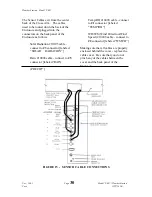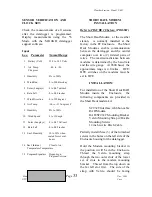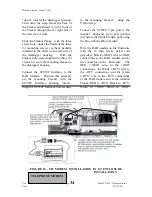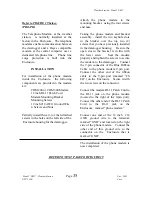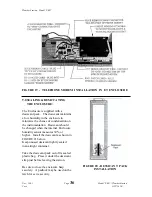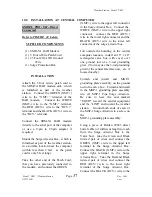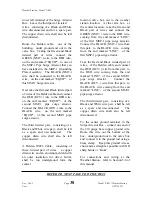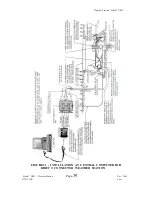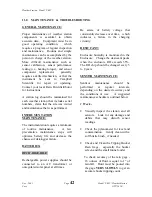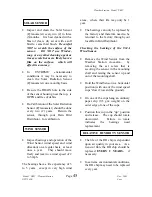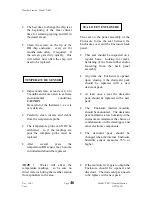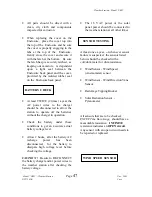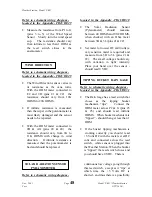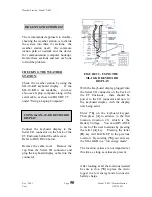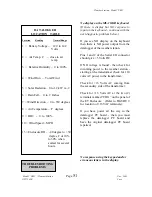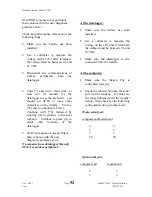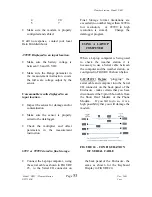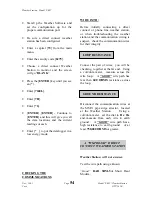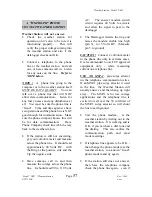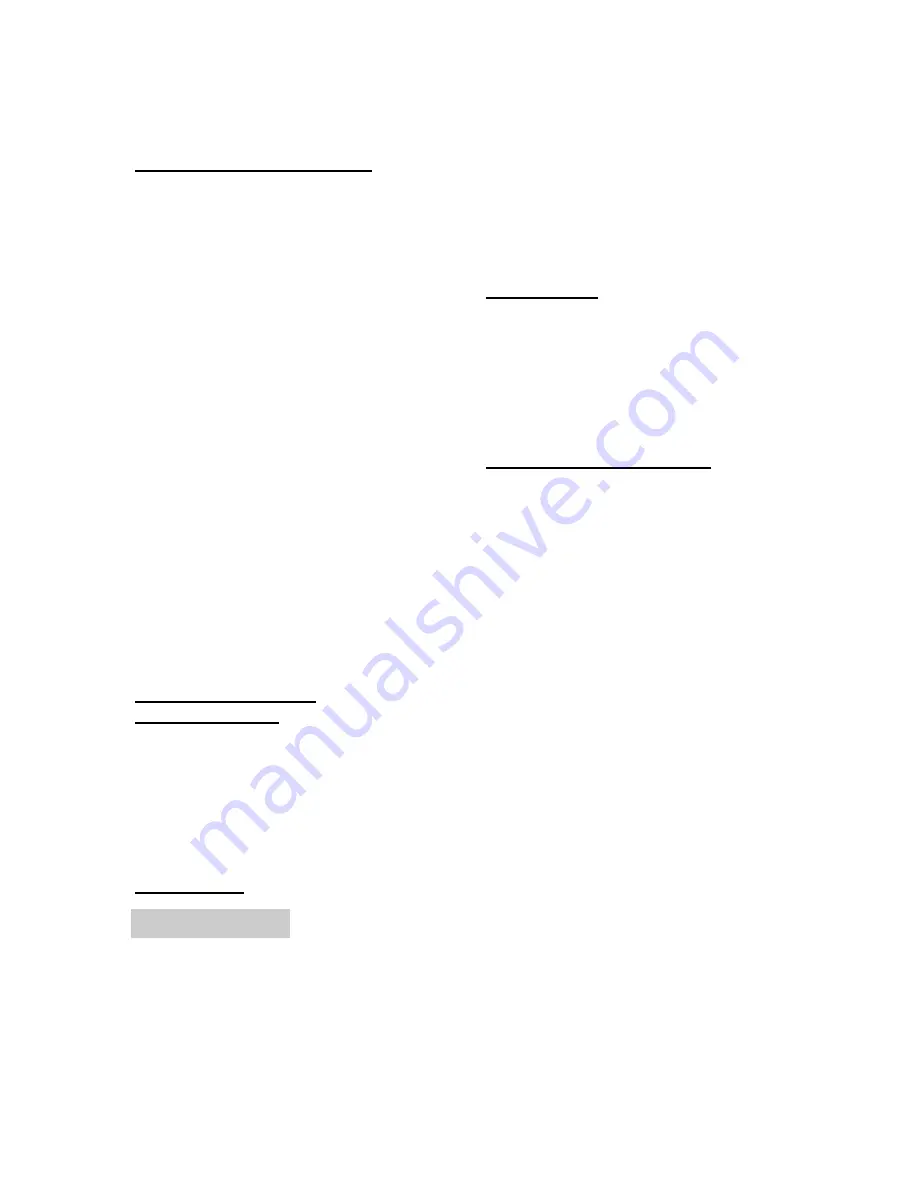
Weather Station - Model “PRO”
Nov., 2001 Page
42
Model “PRO”- Weather Station
Cozz GT27145B
11.0 MAINTENANCE & TROUBLESHOOTING
GENERAL MAINTENANCE:
Proper maintenance of weather station
components is essential to obtain
accurate data. Equipment must be in
good operating condition, which
requires a program of regular inspection
and maintenance. Routine and simple
maintenance can be accomplished by the
person in charge of the weather station.
More difficult maintenance such as
sensor calibration, sensor performance
testing (i.e., bearing torque), and sensor
component replacement, generally
requires a skilled technician, or that the
instrument be sent to Campbell
Scientific for repair or updating.
Contact your local Rain Bird distributor
for instructions.
A station log should be maintained for
each weather station that includes serial
numbers, dates that the site was visited
and maintenance that was performed.
INSTRUMENTATION
MAINTENANCE:
The instrumentation requires a minimum
of routine maintenance. A few
preventative maintenance steps will
optimize battery life and decrease the
chances of datalogger failure.
BATTERIES:
RECHARGEABLE
Rechargeable power supplies should be
connected to an AC transformer or
unregulated solar panel at all times.
Be aware of battery voltage that
consistently decreases over time, which
indicates a failure in the charging
circuitry.
DESICCANT:
Enclosure humidity is monitored in the
Enclosure. Change the desiccant packs
when the enclosure RH exceeds 35%.
The RH chip should be changed every 5
to 8 years.
SENSOR MAINTENANCE:
Sen0sor maintenance should be
performed at regular intervals,
depending on the desired accuracy and
the conditions of use. A suggested
maintenance schedule is outlined below.
1 Week -
•
Visually inspect the station and all
sensors. Look for any damage and
debris that may disturb sensor
readings.
•
Check the pyranometer for level and
contamination. Gently clean with a
soft bristle brush, if needed.
•
Check and Clean the Tipping Bucket
Rain Gage, especially the bucket
screen and the small funnel outlet.
To check accuracy of the rain gage -
16 ounces of fluid is equal to 1” of
rainfall. Fluid must be poured into
the gage
VERY SLOWLY
to get an
accurate bucket tipping count.



